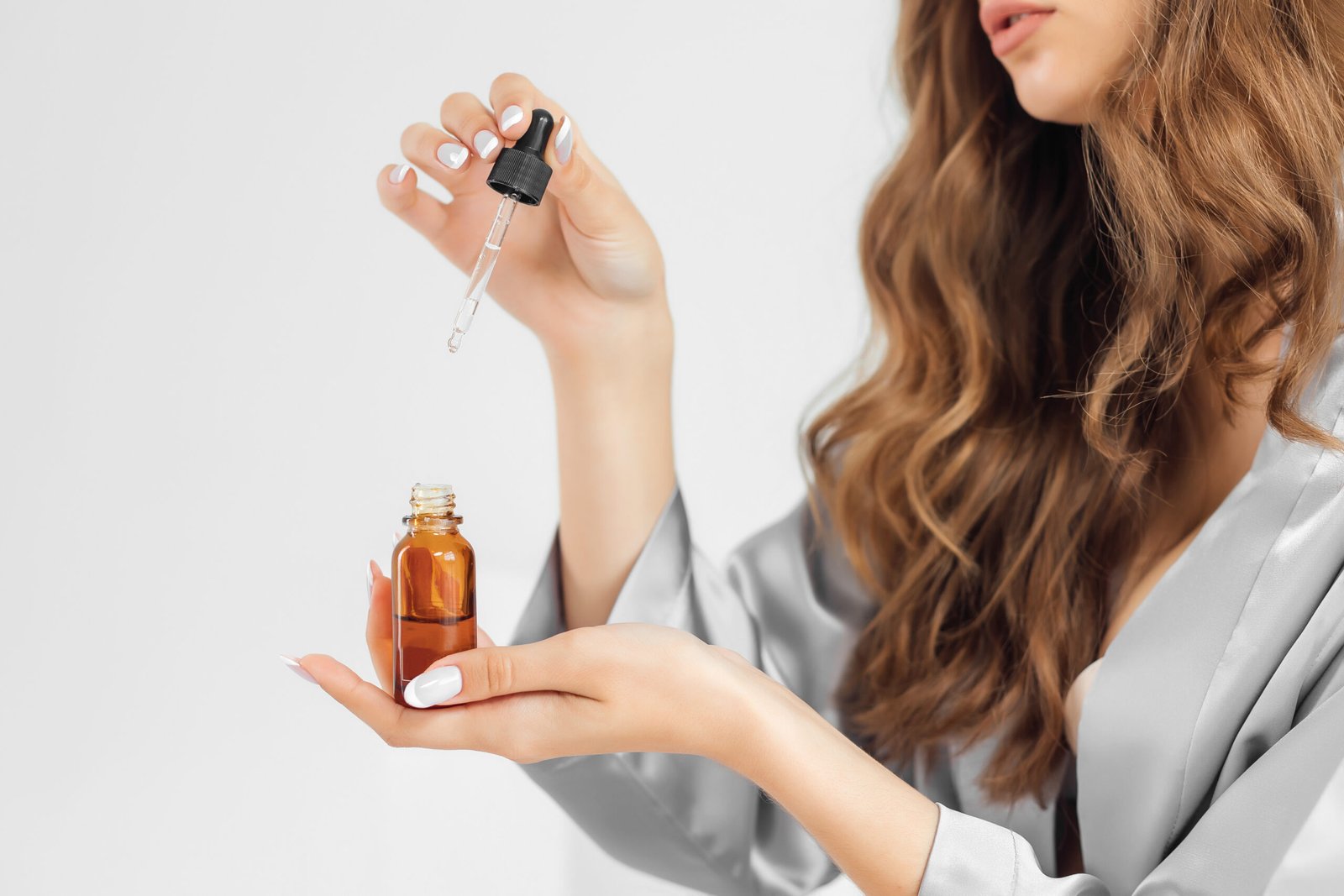In the world of hair care, finding the right products to incorporate into your routine can make a significant difference in the health and appearance of your hair. Among these products, hair serum has emerged as a versatile and essential addition for many. Understanding the role of hair serum in your hair care routine can help you maximize its benefits and achieve your hair goals.
What is Hair Serum?
Hair serum is a silicone-based styling product designed to coat the surface of your hair, providing a protective barrier that enhances shine and smoothness. It typically contains a blend of silicones, oils, and other nourishing ingredients that work together to improve the hair’s texture and manageability. Unlike hair oils, which penetrate the hair shaft to provide deep conditioning, hair serum sits on top of the hair, delivering immediate cosmetic benefits.
How Does Hair Serum Benefit Your Haircare Routine?
1. Frizz Control:
One of the primary roles of hair serum is to control frizz. Humidity and environmental moisture can cause hair to swell and become frizzy. Hair serum works by creating a barrier on the hair shaft, preventing excess moisture from entering and thus keeping frizz at bay. This makes hair serum particularly beneficial for those with curly or wavy hair, which is more prone to frizz.
2. Enhanced Shine:
Hair serum adds a glossy shine to your hair, making it look healthier and more vibrant. The silicones in the serum reflect light, giving your hair a sleek, polished appearance. This can be especially useful for dull or lifeless hair that needs a boost of shine.
3. Smoothness and Softness:
By smoothing the hair cuticles, hair serum reduces roughness and makes your hair feel softer to the touch. This smoothness also helps to prevent tangling and makes your hair easier to manage and style.
4. Heat Protection:
If you frequently use heat styling tools like blow dryers, straighteners, or curling irons, hair serum can act as a protective layer against heat damage. The serum forms a barrier that reduces the direct impact of heat on the hair, minimizing damage and breakage.
5. Damage Repair:
Many hair serums contain ingredients that help to repair and strengthen the hair shaft. These ingredients can include proteins, amino acids, and vitamins that nourish the hair and help to restore its natural strength and resilience.
How to Incorporate Hair Serum into Your Hair Care Routine
To get the most out of hair serum, it’s important to use it correctly and at the right time in your hair care routine. Here are some tips on how to effectively incorporate hair serum into your regimen:
1. Start with Clean Hair:
Hair serum works best on clean hair. After washing and conditioning your hair, towel-dry it to remove excess moisture. Applying serum to damp hair allows it to spread more evenly and penetrate better, providing optimal results.
2. Use the Right Amount:
A little goes a long way with hair serum. Start with a small amount, about the size of a pea, and adjust based on the length and thickness of your hair. Using too much serum can weigh your hair down and make it look greasy.
3. Focus on the Ends:
Concentrate the application of hair serum on the mid-lengths and ends of your hair, where it is typically the driest and most damaged. Avoid applying serum directly to the roots, as this can lead to an oily scalp.
4. Distribute Evenly:
After dispensing the serum into your palms, rub your hands together to warm it up and then run your fingers through your hair to distribute the product evenly. You can use a wide-tooth comb to ensure the serum is spread uniformly.
5. Style as Desired:
Hair serum can be used before or after styling, depending on your needs. If you are using heat styling tools, apply the serum beforehand to protect your hair from heat damage. For a finishing touch, apply a small amount of serum after styling to add extra shine and smoothness.
Choosing the Right Hair Serum
Not all hair serums are created equal, and choosing the right one for your hair type and needs is crucial. Here are some factors to consider:
1. Hair Type:
Different hair types require different formulations. For fine hair, look for a lightweight serum that won’t weigh your hair down. For thick or curly hair, a richer serum may be more effective in controlling frizz and adding moisture.
2. Ingredients:
Pay attention to the ingredients in the hair serum. Look for nourishing components like argan oil, jojoba oil, and keratin, which can help to repair and strengthen your hair. Avoid serums with alcohol, as it can be drying and damaging to your hair.
3. Specific Concerns:
Consider any specific concerns you have, such as color-treated hair or a sensitive scalp. There are serums designed to address these issues, providing targeted benefits to meet your needs.
Potential Drawbacks and How to Avoid Them
While hair serum offers numerous benefits, it’s important to be aware of potential drawbacks. Overuse of hair serum can lead to product build-up on the hair and scalp, making your hair look greasy and limp. Additionally, some serums contain silicones that can be difficult to wash out completely, leading to build-up over time. To avoid these issues, use hair serum in moderation and choose a formula that is easy to rinse out.
Read Also: 10 Amazing Benefits of Sesame Oil Explained
Conclusion
Hair serum can play a pivotal role in your hair care routine, offering benefits such as frizz control, enhanced shine, smoothness, heat protection, and damage repair. By understanding how to use it correctly and choosing the right product for your hair type and needs, you can enjoy the full advantages that hair serum has to offer. Incorporating hair serum into your daily regimen can transform the look and feel of your hair, making it healthier, more manageable, and more beautiful.
Read Also: What Is Gingelly Oil? Benefits, Properties, Characteristics, And Risks
